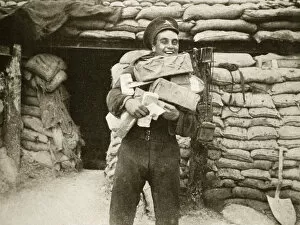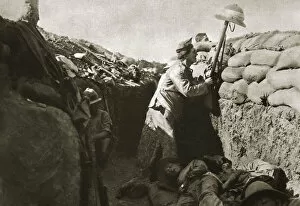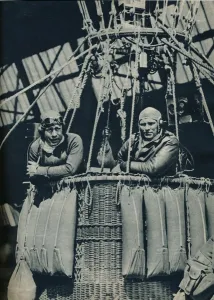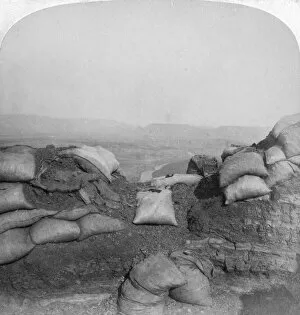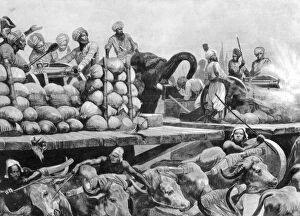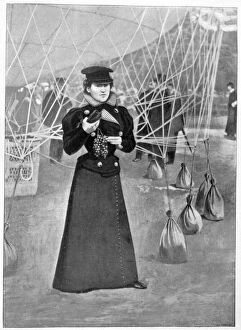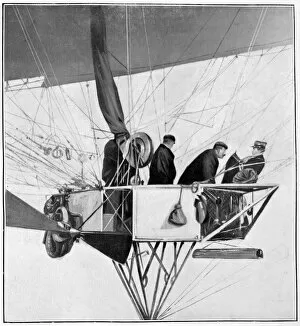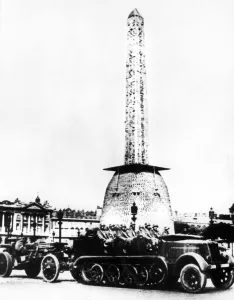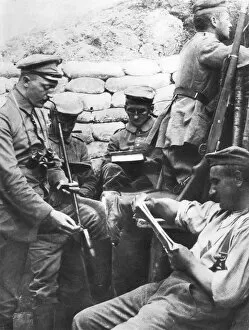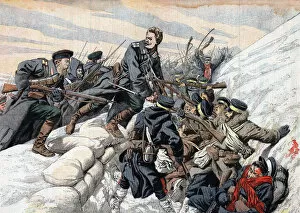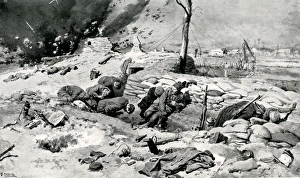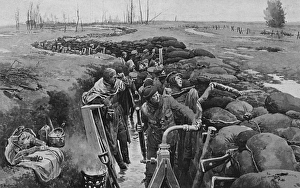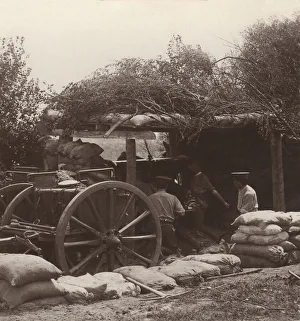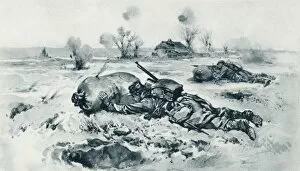Sandbags Collection (page 6)
"From Blitz to Battlefields: The Resilience of Sandbags" During the Blitz in London, the Whitechapel Fire Station stood strong behind a wall of sandbags
All Professionally Made to Order for Quick Shipping
"From Blitz to Battlefields: The Resilience of Sandbags" During the Blitz in London, the Whitechapel Fire Station stood strong behind a wall of sandbags, protecting its brave firefighters. Meanwhile, on the Western Front during World War I, members of the Rifle Brigade took their positions amidst sandbags as they faced the horrors of war. In World War II, sandbags became essential for protection and communication. AFS despatch riders and messengers maneuvered through dangerous territories with sandbag-laden motorcycles. At Lambeth fire station, an enclosed pump fortified by sandbags ensured that firefighters could combat blazes even under intense bombing raids. They have witnessed historic moments beyond wars too. In 1969, at the Monaco Grand Prix, drivers raced past barriers made from these humble bags filled with earth. Back in World War I's trenches, Gurkhas stormed German fortifications and captured them while surrounded by towering piles of sandbags. Laundry hanging on the Siegfried Line was a sign that life continued amidst conflict during WWII. Air Raid patrols in London relied on strategically placed sandbag barricades to protect civilians from enemy attacks. Cooks Road's fire alarm post in Vauxhall served as a beacon amid chaos thanks to its sturdy foundation built upon countless sandbags. The Somme saw British and French soldiers united against adversity during WWI - their shared defense lines reinforced by rows upon rows of trusty sandbags. Even royalty sought refuge behind this protective barrier; Her Majesty Queen Elizabeth II found herself amongst stacks of resilient bags during her reign. Amidst it all were two nurses dressed in uniform atop thousands of carefully arranged sandbags - symbols not only of safety but also compassion and care for those affected by war. Through history's trials and triumphs, one constant remains: Sandbags stand tall as silent sentinels guarding lives and preserving hope against all odds.


